Stronger capital flow from Singapore
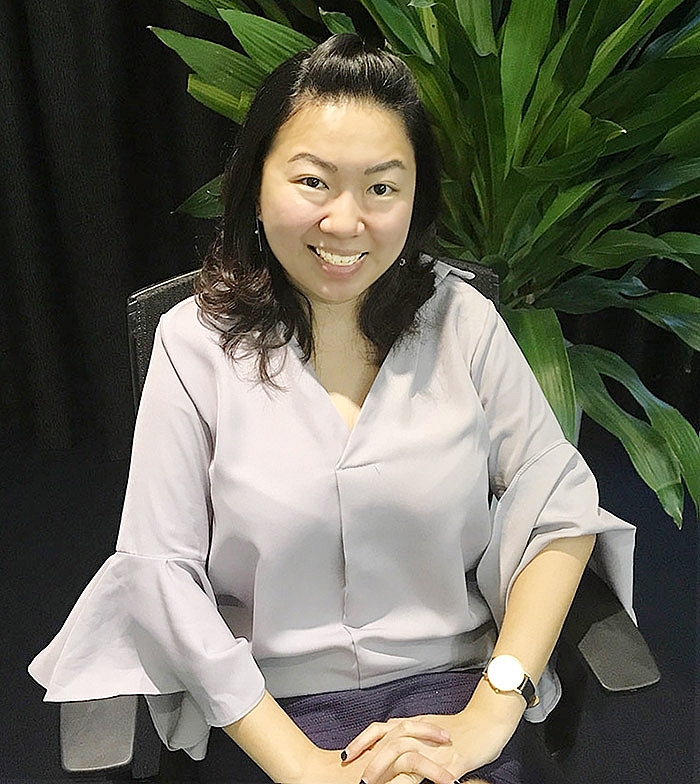 |
| Jazreel Lim |
Trade and business links between Singapore and Vietnam have always been robust, ever since the countries established bilateral diplomatic relations back in 1973. Singapore has consistently been among the top five foreign investors in Vietnam by value of new investments. According to Vietnam’s General Statistics Office (GSO), Singapore ranked second in 2016, third in 2017, and continued to keep its position in the first seven months of 2018. Broadly speaking, real estate and construction, education, manufacturing, infrastructure, and healthcare have traditionally been the big magnets in the Vietnamese market.
Since the signing of the Vietnam-Singapore Economic Connectivity Agreement in 2005, the level of collaboration and mutual business opportunities from the segments of transportation, investment, trade, and services is evident. Singaporean companies boast great achievements in Vietnam. Successful stories include CapitaLand, with its famous projects (The Vista, and Vista Verde), and Mapletree, all of which are prominent names on the real estate market. Another name, the Vietnam-Singapore Industrial Park (VSIP)–a joint venture between Becamex IDC and Sembcorp–is a good indicator of how the strong relationship between the two governments of Vietnam and Singapore has tightened rapidly.
Investment movements
In addition to the traditional sectors, there appears to be a trend towards rising consumerism in Vietnam, as well as a surge in healthcare and renewable energy. The developments in healthcare and renewable energy could be due to government policies encouraging such sectors. Fast-moving consumer goods and IT are additional centres of attention.
Government reform in opening up sectors which were previously restricted or capped for foreign investment, like pharmaceuticals, healthcare, and state-owned enterprises (SOEs), will influence the focus of investments from Singapore. Besides, the improved business climate, growing population, rising middle-class, and heightened ability to spend are the main factors that drive more Singaporean investment into consumer goods and retail.
Energy is also attractive. Circular No.16/2017/TT-BCT, which regulates solar power projects and provides standard power purchase agreements for such projects, was issued in September 2017 following the Vietnamese prime minister’s Decision 11 in April 2017 announcing incentives and a new feed-in tariff (FiT) for solar power projects in Vietnam. These are active steps taken by Vietnam towards fulfilling its plan for renewable energy to make up 21 per cent of its energy mix by 2030. They are regarded positively by investors, as they emphasise the commitment of Vietnamese policy-makers towards renewable energy and green growth.
Solar power project development, from the identification of a viable site until commercial operation, would typically take more than three years. The current circular stipulates that the feed-in tariff incentive is only applicable for projects with a date of first commercial operation before June 30, 2019. This is a key concern for interested project developers, as they would have to weigh various factors such as the availability of the grid, project delays, and financing costs with the critical question of whether they would be entitled to the FiT incentive.
The ongoing development of the regulatory framework is a key factor influencing investors’ business decisions in Vietnam. Moreover, powerful groups and more small- and medium-sized enterprises (SMEs) from Singapore are also targeting Vietnam. In a recent HSBC report, 86 per cent of respondents were SMEs with annual revenues of up to S$100 million ($73.4 million) and fewer than 200 employees.
Mergers and acquisitions (M&A) are also an effective investment channel for Singaporean and other investors. In the last 10 years (2007-2017), Singapore was in second place in terms of the number of M&A transactions, with 86 deals, and fourth in M&A value, with $1.86 billion. In 2016, total M&A transactions in Vietnam were valued at $5.8 billion, representing an increase of 11.9 per cent compared to 2015. Singapore led the pack in terms of the number of reported deals in 2016 with 20 deals, focusing on real estate and construction, and came second in deal value with $900 million.
Growing interest ahead
According to the HSBC report, around 77 per cent of Singaporean companies said that they have plans to expand abroad, with Vietnam being one of the top three destinations. Investment inflows from Singapore into Vietnam come from both local companies and multinational corporations (MNCs) headquartered in Singapore. Of 37,400 international corporations in Singapore, 7,000 are MNCs. Hanoi, Ho Chi Minh City, Danang, Binh Duong, and Haiphong will remain the most appealing destinations to these investors.
Our members are looking for opportunities in stake sales from SOEs. With recent definitive moves by the government to accelerate the process, more opportunities will be available ahead for foreign investors.
However, the government’s efforts are only a starting point. The key question is whether SOEs are ready to sell. An underperforming stock market in 2018’s second quarter will contribute significantly to a delay in finding strategic investors for several long-awaited SOE divestments, notably Binh Son Refining and Petrochemical, PV Oil, PV Power, and Habeco. If successful, these four state ownership divestments could easily bring in billions of dollars each.
Going forward, we are happy to hear that the EU and the ASEAN have announced the resumption of negotiations on a free trade agreement (FTA). An FTA between the EU and the ASEAN is expected to drive trade growth. As ASEAN members, Vietnam and Singapore will benefit from tariff cuts if this potential FTA is signed. And, inevitably, more Singaporean companies will expand to and within Vietnam to cash in on the potential.
Besides, the Comprehensive and Progressive Agreement for Trans-Pacific Partnership is expected to create an investment wave from Singapore to Vietnam. It will create one of the world’s largest free trade blocs.
What the stars mean:
★ Poor ★ ★ Promising ★★★ Good ★★★★ Very good ★★★★★ Exceptional
 Tag:
Tag:
Related Contents
Latest News
More News
- Development highlights in Q1 through expert’s lenses (April 08, 2024 | 16:48)
- Vietnam logs 17.1 million business cyberthreats in 2023 (April 08, 2024 | 16:34)
- Vietnam now China's top ASEAN trading partner (April 08, 2024 | 16:26)
- Vietnamese businesses grapple with surging exchange rates (April 08, 2024 | 09:59)
- PM outlines 10 socioeconomic achievements in first quarter (April 04, 2024 | 08:00)
- Implementation strategy for new power development plan approved (April 03, 2024 | 15:14)
- Wood sector sees signs of recovery (April 02, 2024 | 06:56)
- Ba Ria-Vung Tau received major investment boost in Q1 (March 29, 2024 | 17:22)
- More chinese solar-tech manufacturers enter Vietnam (March 29, 2024 | 16:10)
- Canadian businesses focus on green energy and agriculture in Vietnam (March 29, 2024 | 10:04)



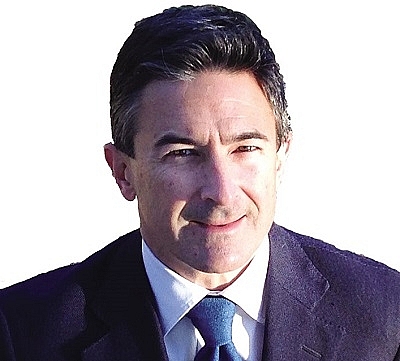
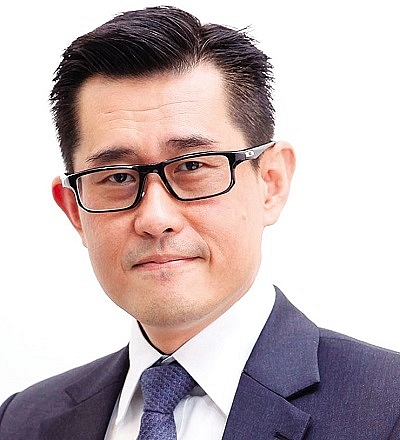
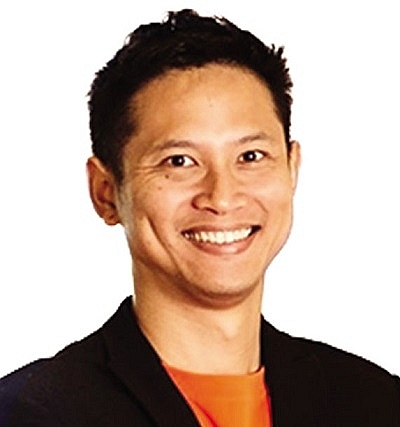
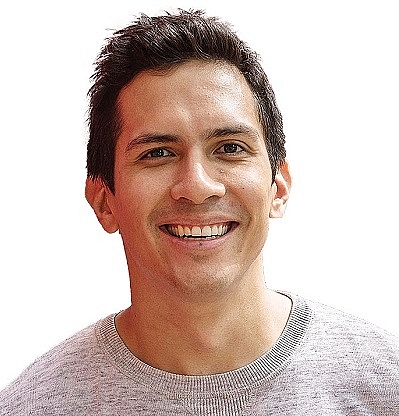
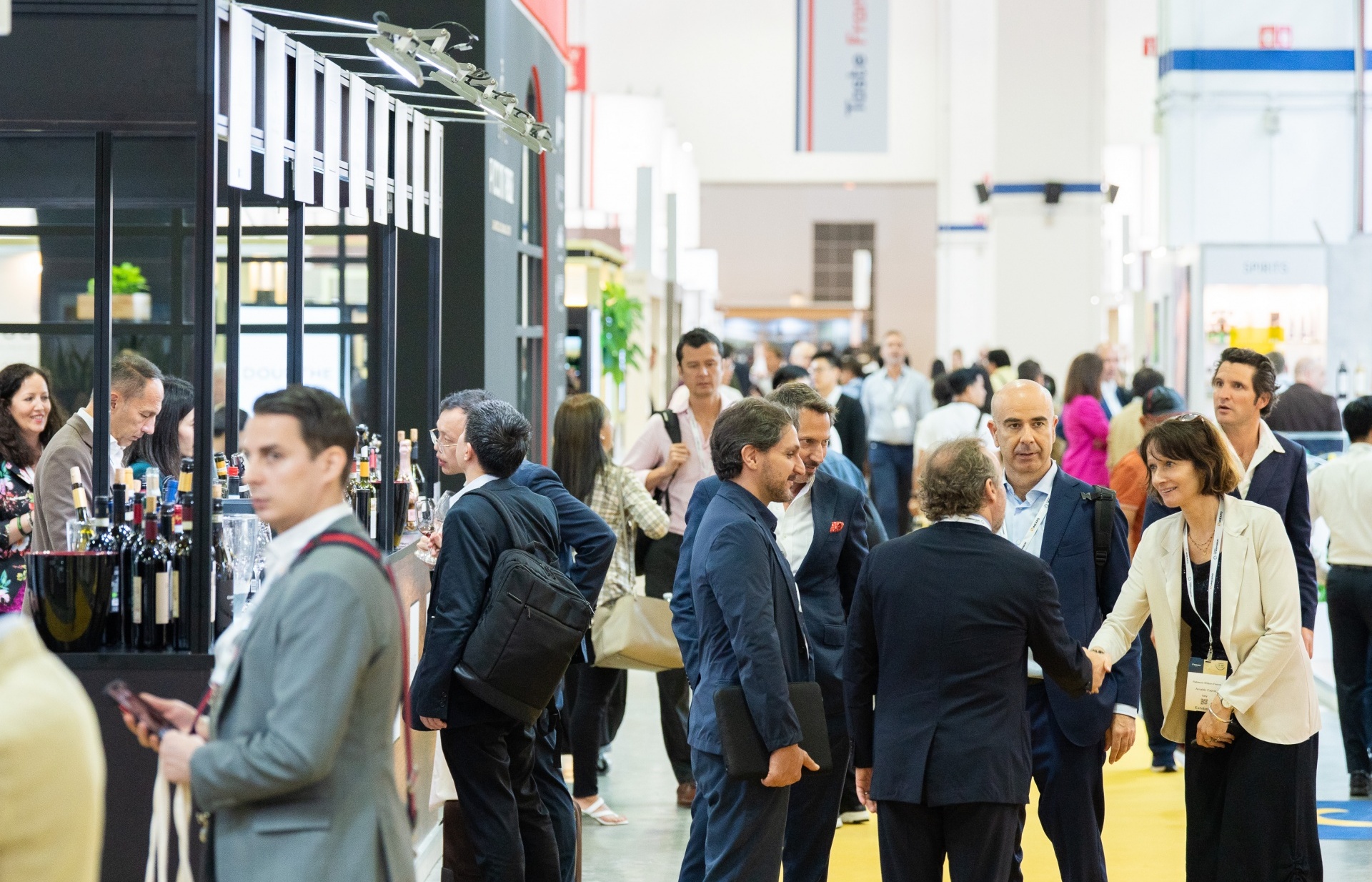

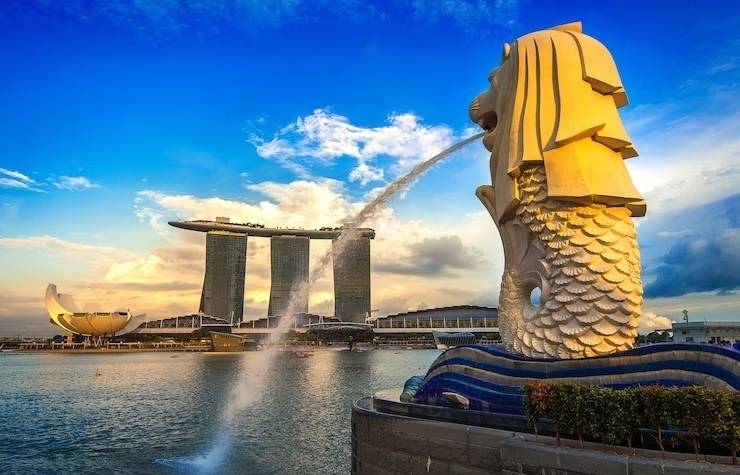
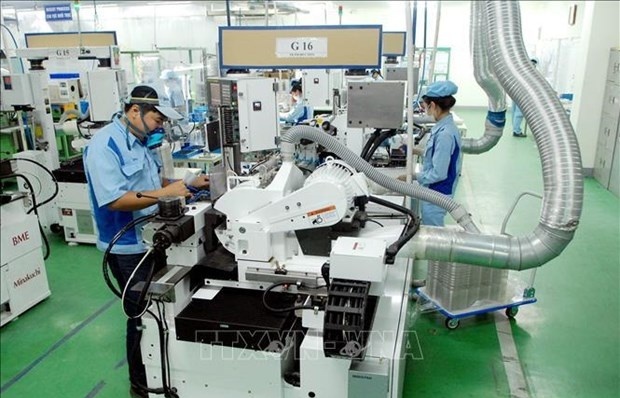
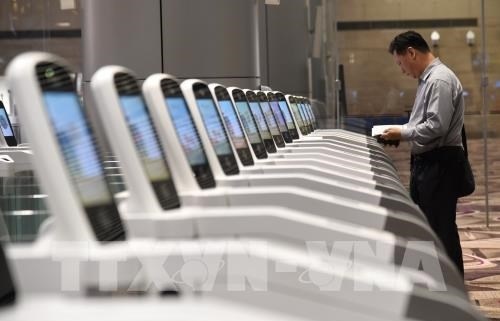
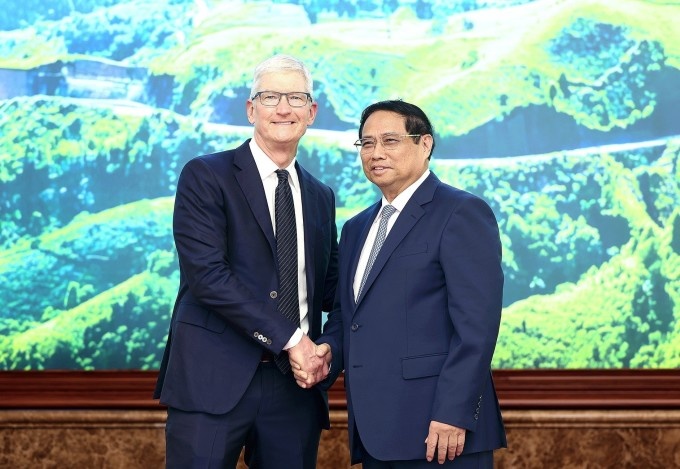


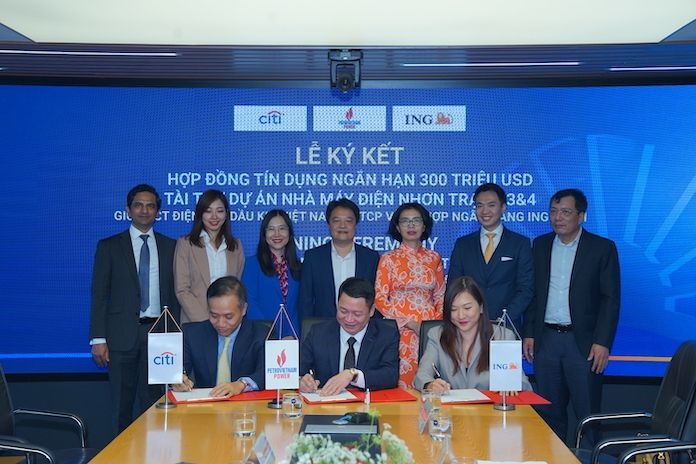
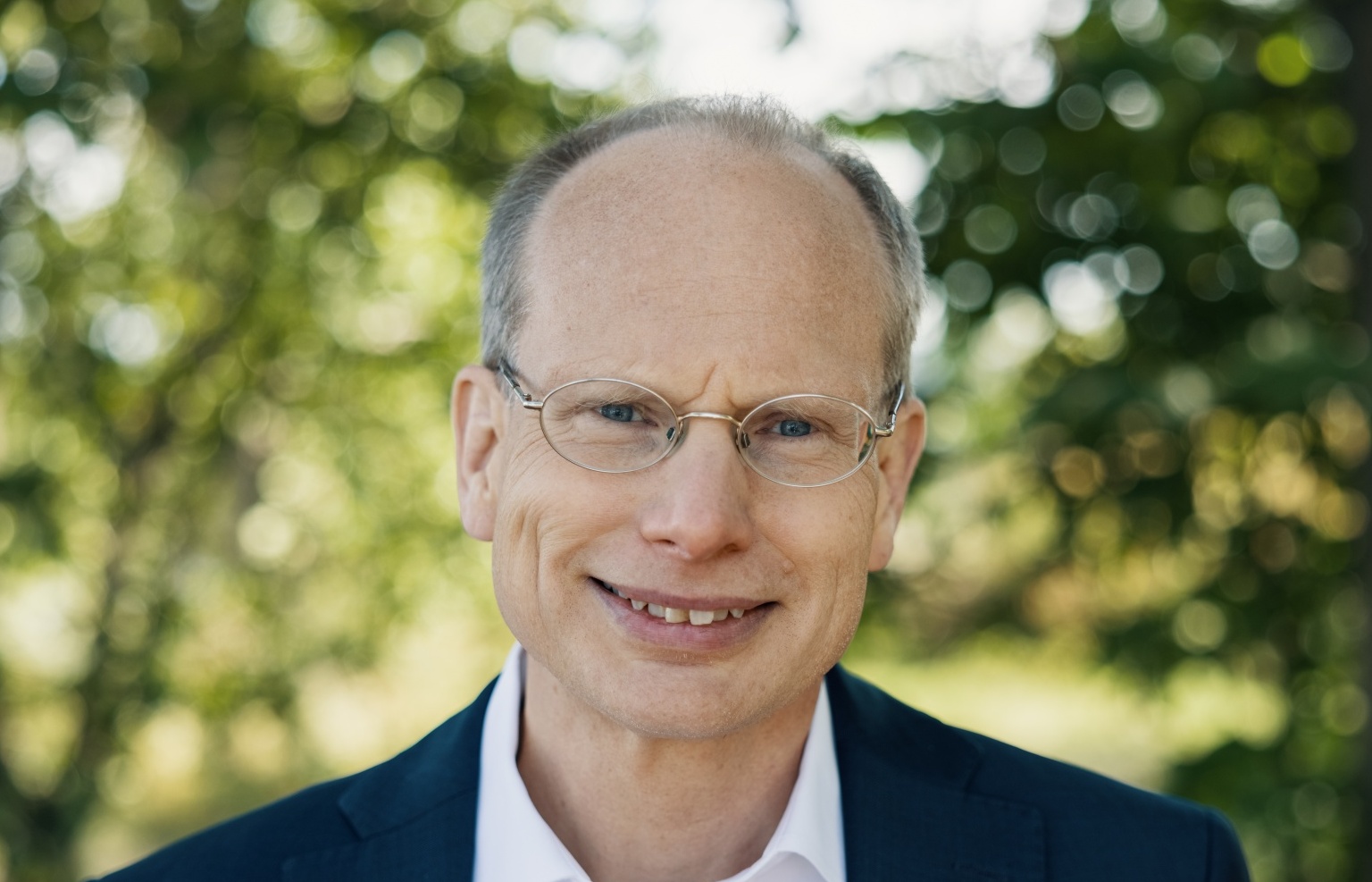
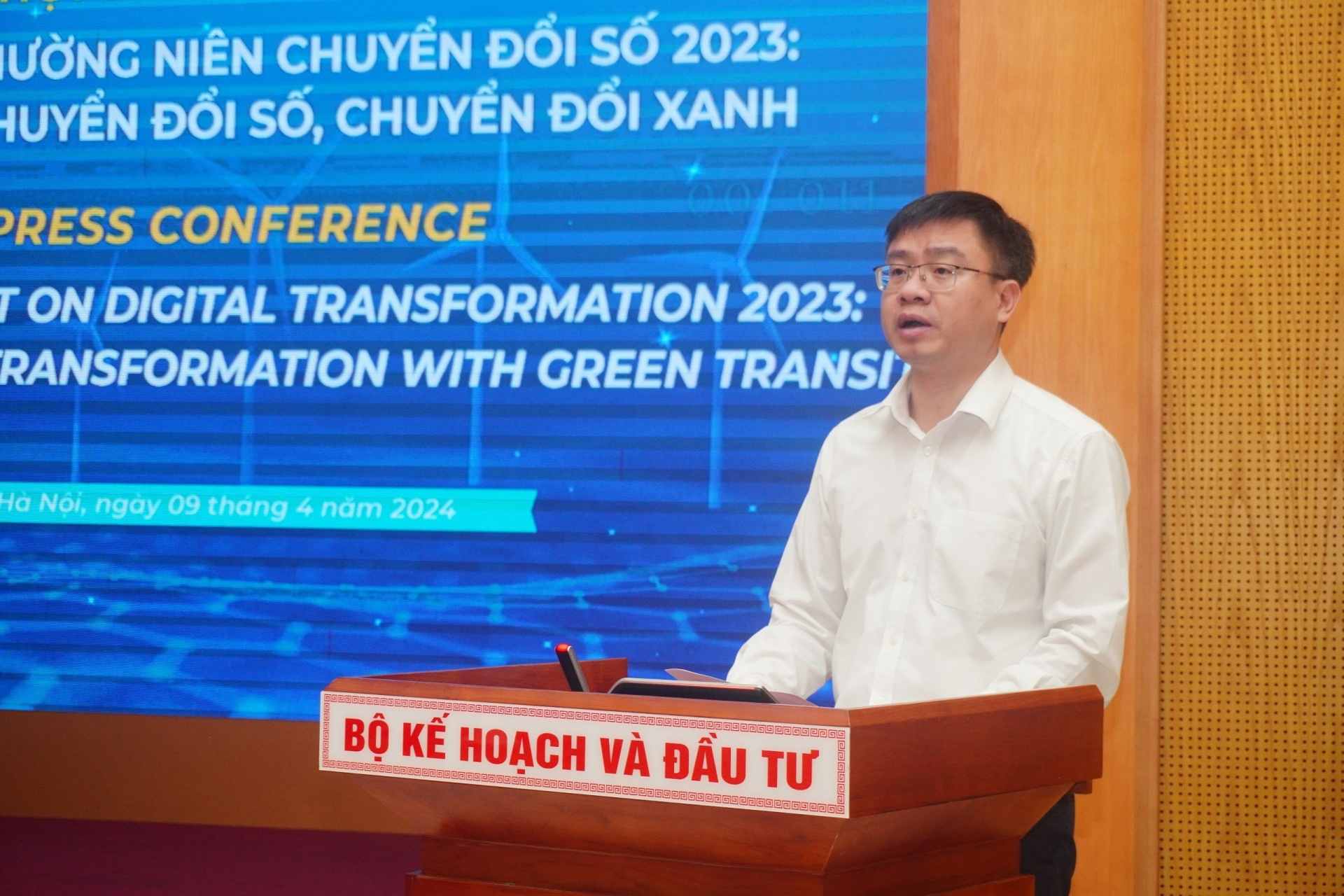









 Mobile Version
Mobile Version